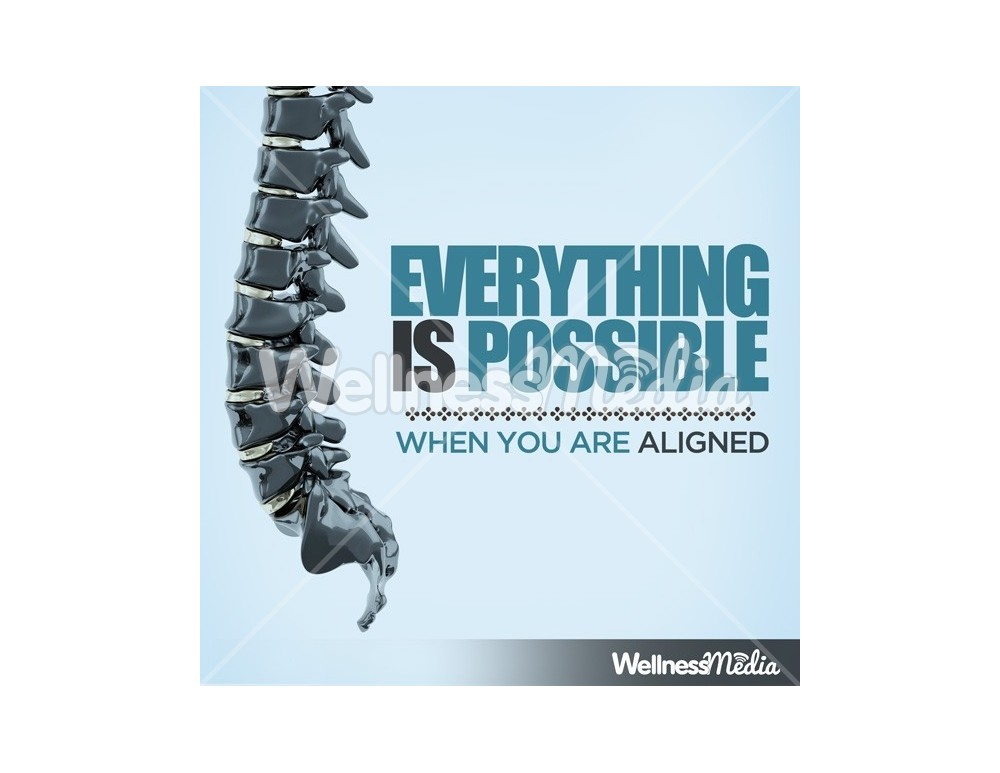What Mechanisms Enable Cold Laser Treatment To Utilize Light For Advanced Healing, And What Future Developments Can We Expect In Pain Administration?
What Mechanisms Enable Cold Laser Treatment To Utilize Light For Advanced Healing, And What Future Developments Can We Expect In Pain Administration?
Blog Article
Personnel Writer-Sheehan Lynge
When taking into consideration alternative treatments, cold laser treatment attracts attention because of its distinct approach to recovery. By making use of certain wavelengths of light, it targets cellular features and advertises recuperation in a non-invasive fashion. This technique not just boosts ATP production but likewise aids in lowering inflammation and pain. As research continues to unfold, the implications for rehab and discomfort monitoring could be substantial. What does this mean for future treatment choices?
The Systems of Cold Laser Therapy
Cold laser therapy, also referred to as low-level laser treatment (LLLT), works by boosting mobile function via the application of certain wavelengths of light.
When the laser light penetrates your skin, it engages with the mitochondria in your cells, enhancing ATP manufacturing. This increase in ATP invigorates your cells, promoting recovery and regeneration.
The light likewise influences cell membrane layers, improving their leaks in the structure and helping with nutrition absorption while eliminating toxins. Additionally, cold laser treatment causes the launch of endorphins and reduces inflammation, aiding your body react better to injury.
You'll experience boosted blood circulation as the therapy stimulates capillary growth, making sure that oxygen and nutrients reach damaged tissues extra effectively.
Understanding these mechanisms can aid you appreciate its capacity in promoting recovery.
Potential Benefits of Cold Laser Therapy
When considering choices for discomfort alleviation and recovery, you might locate cold laser therapy to be an appealing choice. This non-invasive strategy can help reduce inflammation, minimize pain, and advertise tissue repair work.
Many individuals report quicker recovery times from injuries and surgical procedures after going through cold laser therapy. It's particularly useful for conditions like arthritis, tendonitis, and muscle mass stress.
weight loss psychotherapy greenwich might additionally appreciate that it has very little negative effects compared to drugs. Additionally, cold laser therapy can enhance circulation, which helps in delivering nutrients and oxygen to harmed areas.
Current Research Study and Scientific Applications
As rate of interest in cold laser treatment expands, scientists are exploring its numerous applications and performance in medical setups. You'll find studies investigating its role suffering administration, wound healing, and decreasing inflammation.
In click for more info , practitioners use cold laser therapy to enhance healing in sporting activities injuries, while dental experts are locating it beneficial for dealing with dental pain and periodontal conditions. visit this page are evaluating its potential in treating problems like joint inflammation and neuropathy.
These research studies intend to establish standard protocols and does, making certain safety and efficiency. As even more evidence emerges, you might see cold laser therapy becoming a staple in both rehabilitation and discomfort administration, offering people a non-invasive alternative that enhances conventional treatments.
Verdict
Finally, cold laser treatment uses an encouraging technique to healing by using specific wavelengths of light to boost mobile features and advertise recovery. With benefits like boosted blood circulation, reduced swelling, and pain alleviation, it's coming to be an important choice for numerous problems. As research continues to develop standard protocols, you can anticipate greater approval of this non-invasive therapy in recovery practices and discomfort administration approaches, making it a potential game-changer for many patients.
